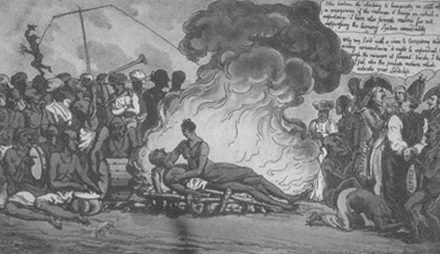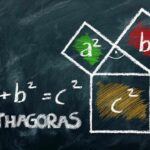 The correctness of this view of the purpose and the meaning of each genealogy is confirmed by the fact that the genealogy in Luke begins at the end and works backward, whereas the genealogy in Matthew begins at the beginning. By John Piper.
The correctness of this view of the purpose and the meaning of each genealogy is confirmed by the fact that the genealogy in Luke begins at the end and works backward, whereas the genealogy in Matthew begins at the beginning. By John Piper.
Doubts about God's word can arise when we find apparent contradictions and don't see immediate solutions. For example, who was Jesus's grandfather? We know that, although Jesus was supernaturally conceived by the Holy Spirit (Luke 1:34f), his earthly, legal father was Joseph. But Luke says that Joseph is the son of Eli (3:23), while Matthew says that he was the son of Jacob (1:16).
One of the best treatments of this problem is The Virgin Birth of Christ by J. Gresham Machen (New York: Harper Brothers, 1930). The solution Machen argues for is that "while the Matthean genealogy traces the successive heirs to the throne of David from David to Joseph, the Lucan genealogy traces the ancestors of Joseph back to David." (p. 206). He explains, "The Lucan genealogy, in other words, starts with the question, 'Who was Josheph's "father"?' the answer to that question is, 'Heli.' . . . In the Matthean genealogy, on the other hand, we start with the question, 'Who was the heir to David's throne?' The answer is, "Solomon,' and so on down to Joseph." (p. 207).
You can see the signal that something like this is happening by comparing how the genealogies are the same from Abraham to king David, and then they diverge. For example, in Luke 3:31 it says that Nathan is David's son, while in Matthew 1:6 it says that David was the father of Solomon. Now we know from 2 Samuel 5:14 that Nathan and Solomon were both sons of David. But only Solomon was the heir of the throne (1 Kings 1:13). So the possible solution to why the genealogies are different from David down to Joseph is that Luke is giving the physical ancestors (or in one or two cases a very close adoptive relation), while Matthew is most interested in showing that the father of Jesus is the legal heir to the throne of David. The correctness of this view of the purpose and the meaning of each genealogy is confirmed by the fact that the genealogy in Luke begins at the end and works backward, whereas the genealogy in Matthew begins at the beginning. Where the point was to trace the actual descent of Joseph back to David that could be done by recording the tradition of the family as to his actual father, Heli, and the actual father of Heli, and so on up to Nathan the son of David. But where the point was to mention the successive heirs of the Davidic throne, it was natural to begin with David and work down. (p. 207).
What then actually happened in the generations just before Jesus? Here is one possible scenario. And that is all we can do is offer plausible solutions since the actual facts are hidden from us.
Matthew's genealogy
Eleazar
Matthan
Jacob
Luke's genealogy
Joseph
Levi
Matthat
Heli
Joseph
Suppose that Eleazar, the legal heir of David's throne died without widow or son. Customarily a more or less close relative would be counted as his legal descendent and be said to have been "begotten" by him. Suppose also that Matthan is that relative and is the same person as Matthat (in Luke) with an alternative spelling. That would mean that Jacob and Heli are brothers. Then suppose that Jacob dies before he has sons.
According to the custom of Levirate marriage (see Matthew 22:25) the brother of the deceased man is to marry and raise up descendants for the sake of the name of the dead brother. Thus Heli marries Jacob's wife and they give birth to Joseph, Jesus' father. In this way Joseph is the legal heir through Jacob's line, but the actual physical son of Heli.
Perhaps the best lesson from this complicated hypothetical case is simply that apparent contradictions in the Bible do have plausible and possible solutions and we should be slow to throw out a book that has proved itself over and over for thousands of years as the mighty, saving, transforming word of God.
By John Piper. © Desiring God. Website: www.desiringGod.org. Email: [email protected].
{moscomment}





